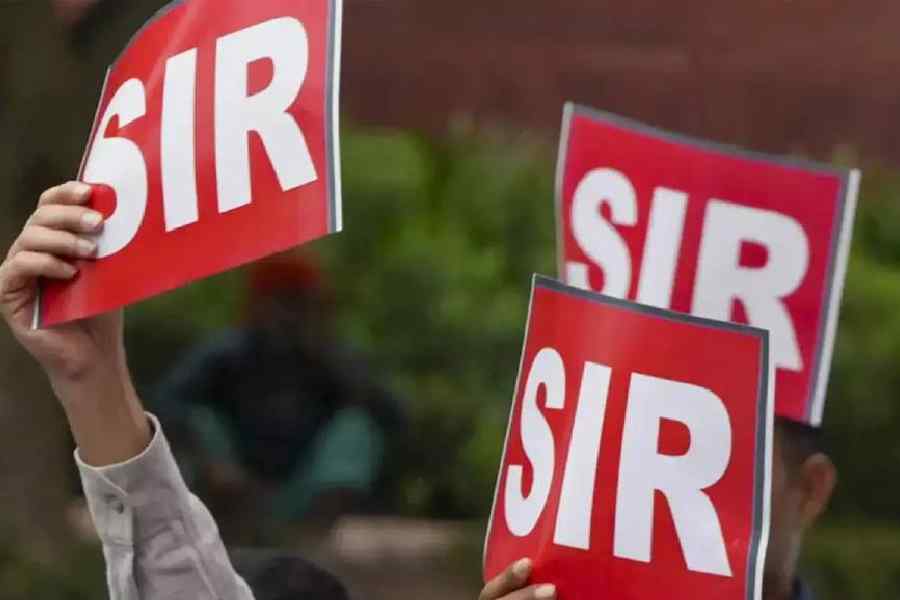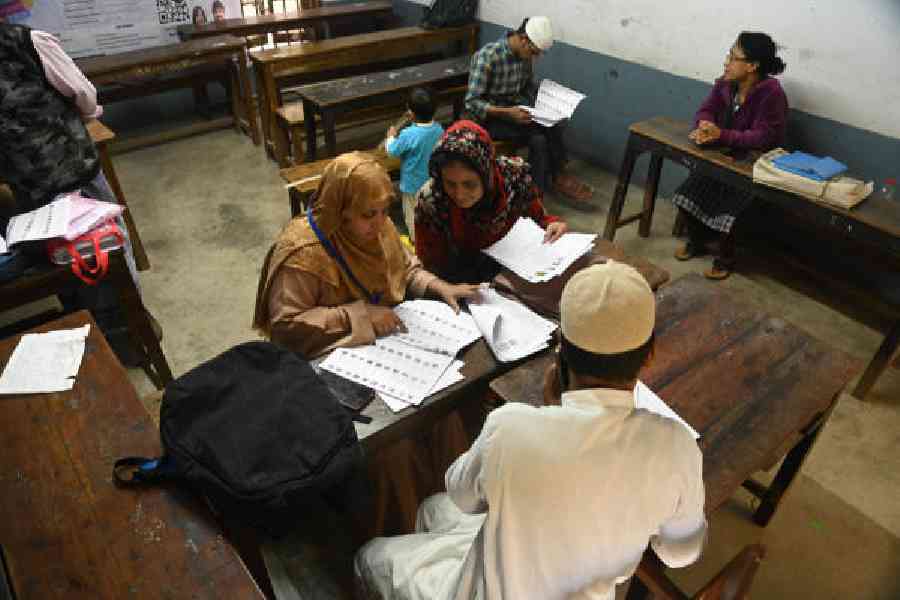One of the five judges on the bench that delivered the Ayodhya verdict relied heavily on Hindu and Sikh texts as well as an Islamic book and colonial gazetteers to assert in an addendum that Hindus always believed the disputed site was Ram’s birthplace.
Unusually, like the judgment itself, he remained anonymous.
“One of us, while being in agreement with the above reasons and directions, has recorded separate reasons on: ‘Whether the disputed structure is the birthplace of Lord Ram according to the faith and belief of the Hindu devotees’,” the judgment says in reference to the addendum.
“The reasons of the learned judge are set out in an addendum to the present judgement.”
According to the addendum, the Janam Sakhis (biographies of Guru Nanak Dev) contain a description of a visit by Guru Nanak Dev to Ayodhya, where he had a darshan of the birthplace of Ram.
“The visit of Guru Nanak Devji in 1510-11 AD and to have darshan of Janma Bhumi of Lord Ram do support the faith and beliefs of the Hindus. It can, therefore, be held that the faith and belief of Hindus regarding location of birthplace of Lord Ram is from scriptures and sacred religious books including Valmiki Ramayana and Skanda Purana, which faith and beliefs cannot be held to be groundless,” the addendum says.
“Thus, it is found that in the period prior to 1528 AD, there was sufficient religious texts, which led the Hindus to believe the present site of Ram Janma Bhumi as the birthplace of Lord Ram.”
The judge also cites Tuslidas’s Ramcharitmanas, composed purportedly around AD 1574-75, from where he quotes Vishnu as saying: “I will take human form and (be) born to Dasaratha and Kausalya in Kosalapuri.”
Further, the judge cites the book Hadith-e-Sehba, written by Mirza Jaan in 1856, as mentioning that the place of worship deemed Ram’s birthplace was adjacent to Sita ki Rasoi.
“The book is relevant since it was written in the year 1856, which was the period of dissension between Hindus and Muslims with regard to issue of idol worship at Ayodhya. The book candidly accepts that at the janamsthan of Lord Ram, (a) mosque was constructed by Babar,” the judge says.
To buttress his point, the judge refers to government gazetteers published after the British rulers took direct control of Oudh, where Ayodhya is situated, in 1858.
“After the British government took over the area w.e.f. 01.11.1858, in the official reports, correspondences and orders issued by officers of (the) British government, the ‘mosque’ was always referred to as ‘Mosque Janma Sthan’, which clearly indicates that government officers at that time always treated the mosque as situated at Janma Sthan,” he says.
“The sequence of the events as noticed above clearly indicate that faith and belief of Hindus was that birthplace of Lord Ram was in the three-dome structure mosque which was constructed at the janmasthan.
“The fact that Hindus were… kept outside the three-dome structure cannot be said to alter their faith and belief regarding the birthplace of Lord Ram. The worship on the Ram Chabutra in the outer courtyard was symbolic worship of Lord Ram who was believed to be born in the premises.”
The judge adds that the courts can always rely on the accounts of gazetteers and on travelogues relating to historical places as they constitute admissible evidence under the Indian Evidence Act, 1872.
“Court can take into consideration the gazetteers under the Evidence Act, 1872, even though the statement… will not be treated as conclusive evidence but the presumption of correctness of that statement is attached to it,” he says.
“The admissibility of books and travelogues cannot be denied in view of Section 57. Section 81 of the Evidence Act also contemplates for a presumption of genuineness of every document purporting to be any official gazette or the government gazette.










